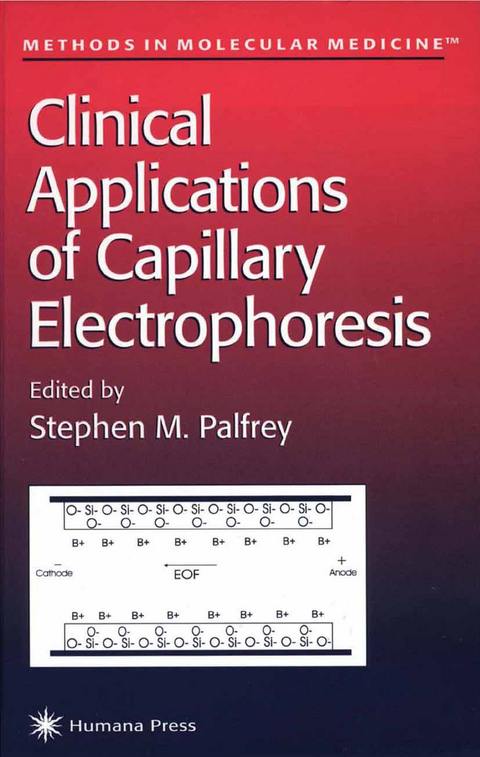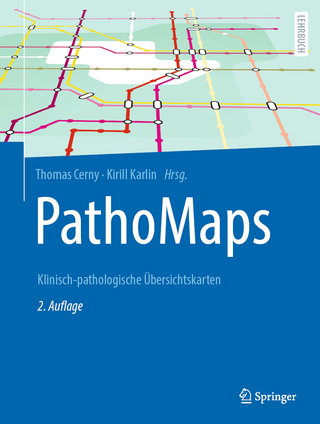
Clinical Applications of Capillary Electrophoresis
Humana Press Inc. (Verlag)
978-1-4899-4174-9 (ISBN)
In its simplest form, separations occur in a buffer solution within a glass (fused silica) tube and detection occurs as sample moves past an optical window. CE has rapidly developed into a technique that rivals HPLC in its versatility. All the classical electrophoretic separations-zone, IEF, and isotachophoresis-have their counterparts in CE. Excitingly so, and - thoritatively treated in Clinical Applications of Capillary Electrophoresis.
Clinical Applications of Capillary Electrophoresis.- Serum Protein Electrophoresis.- Urine Proteins.- Electrophoresis of Cerebrospinal Fluid.- Immunosubtraction as a Means of Typing Monoclonal and Other Proteins in Serum and Urine.- Analysis and Classification of Serum Cryoglobulins.- Myoglobin Analysis.- Enzyme Analysis.- Quantification of Human Cytomegalovirus by Competitive PCR and Capillary Electrophoresis.- Laboratory Diagnosis of Structural Hemoglobinopathies and Thalassemias by Capillary Isoelectric Focusing.- Serum Apolipoproteins.- Gene Dosage in Capillary Electrophoresis.- Rapid Analysis of Amplified Double-Stranded DNA by Capillary Electrophoresis with Laser-Induced Fluorescence Detection.- Identification of Mutated p53 in Cancers by Nongel-Sieving Capillary Electrophoretic SSCP Analysis.- Detection of Microsatellite Instability in Cancers by Means of Nongel-Sieving Capillary Electrophoresis.- Serum Lamotrigine Analysis.- Acetonitrile Stacking.- Confirmation of the Presence of Drugs of Abuse in Urine.- Steroid Analysis by Micellar Electrokinetic Capillary Chromatography.- Determination of Polyamines by Capillary Electrophoresis.- Urinary Oxalate and Citrate.- Plasma Nitrite and Nitrate Determination.
| Reihe/Serie | Methods in Molecular Medicine ; 27 |
|---|---|
| Zusatzinfo | 32 Illustrations, black and white; XII, 212 p. 32 illus. |
| Verlagsort | Totowa, NJ |
| Sprache | englisch |
| Maße | 152 x 229 mm |
| Themenwelt | Medizin / Pharmazie ► Medizinische Fachgebiete |
| Studium ► 2. Studienabschnitt (Klinik) ► Pathologie | |
| ISBN-10 | 1-4899-4174-6 / 1489941746 |
| ISBN-13 | 978-1-4899-4174-9 / 9781489941749 |
| Zustand | Neuware |
| Haben Sie eine Frage zum Produkt? |
aus dem Bereich


